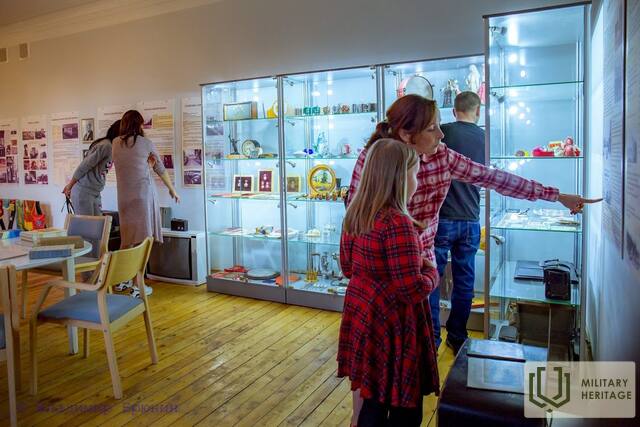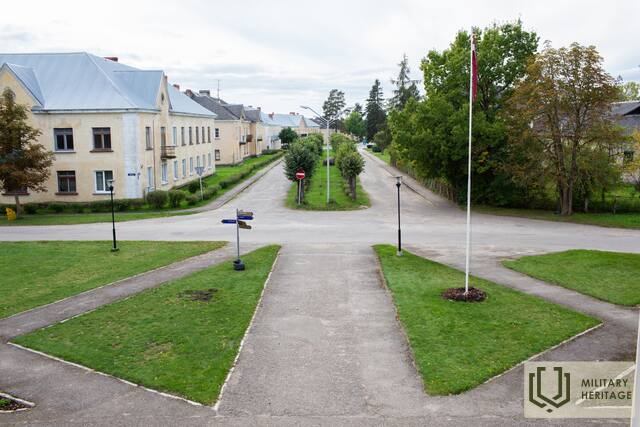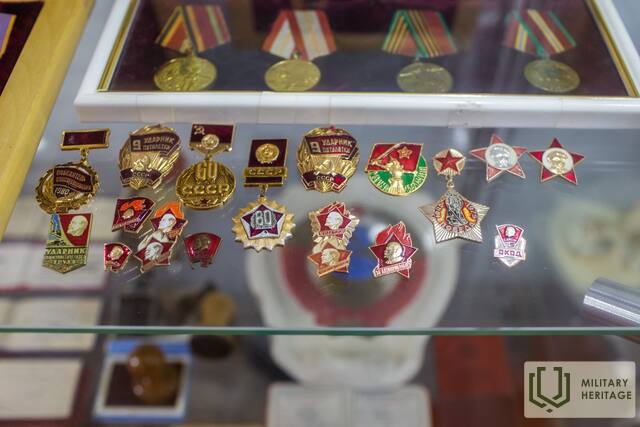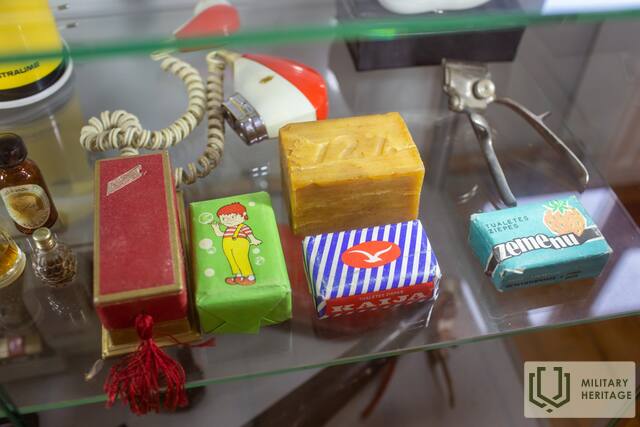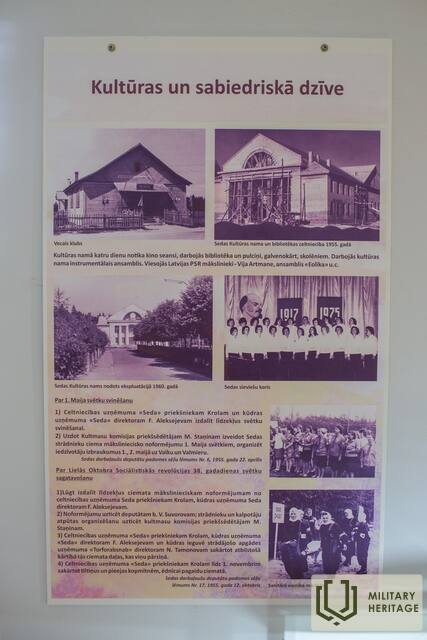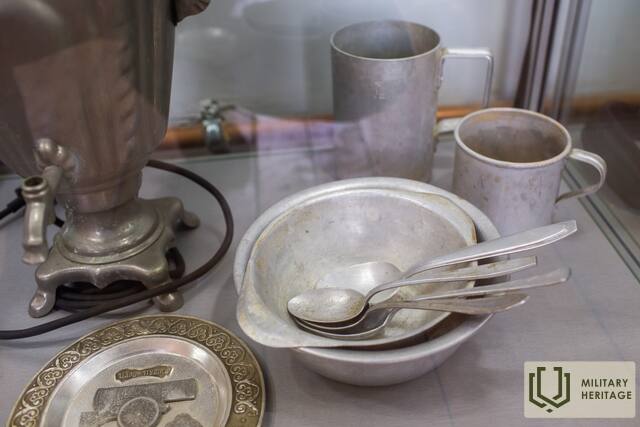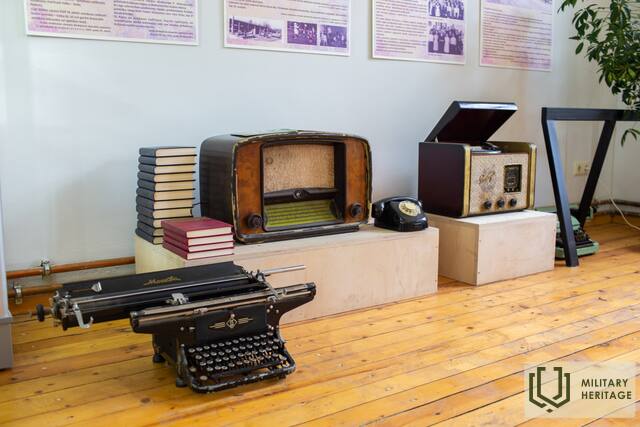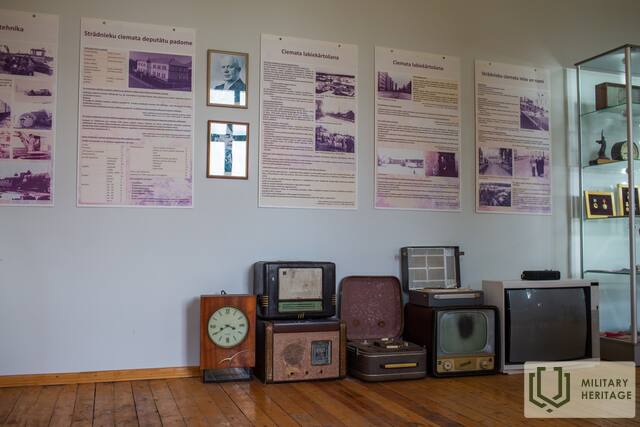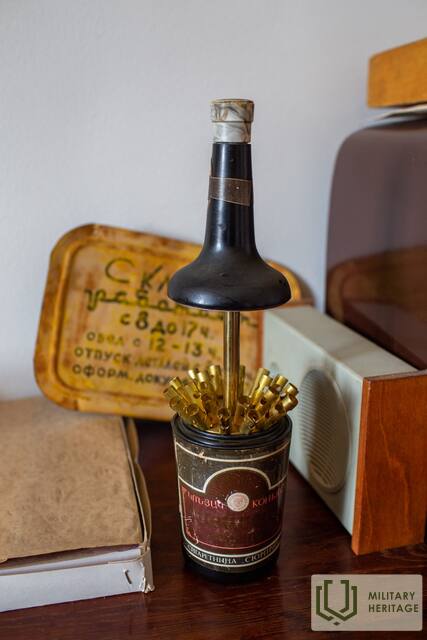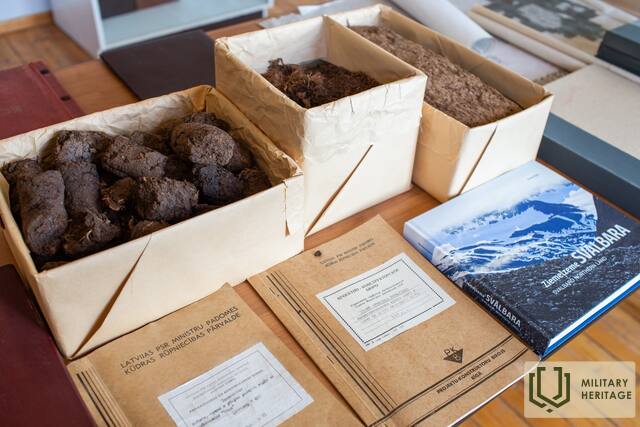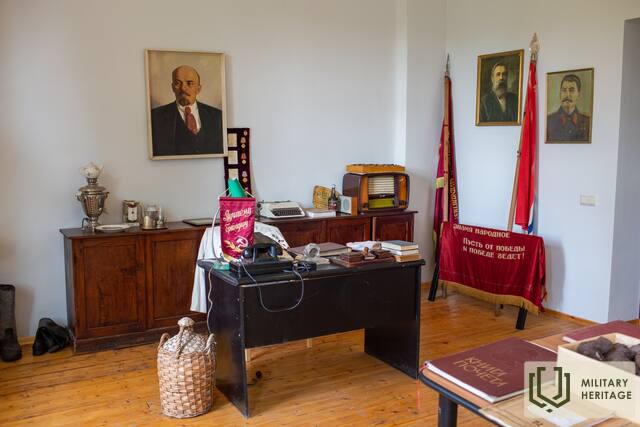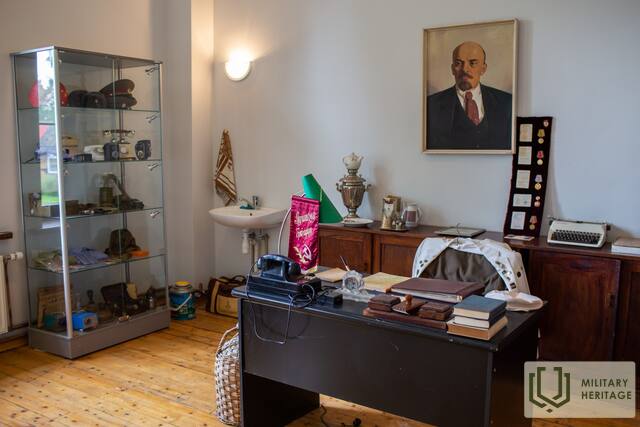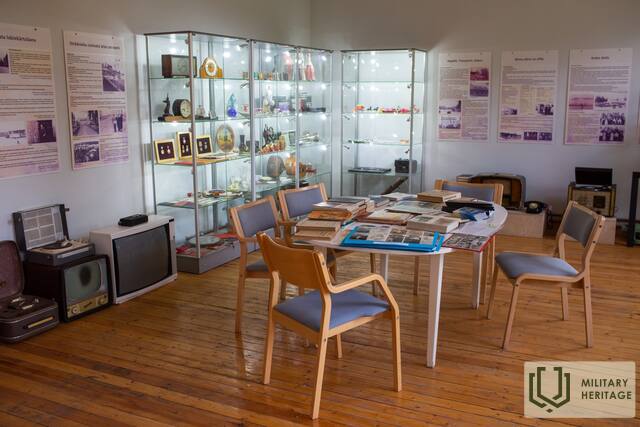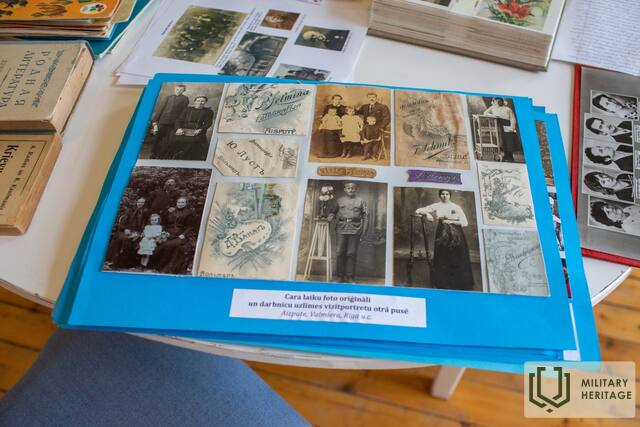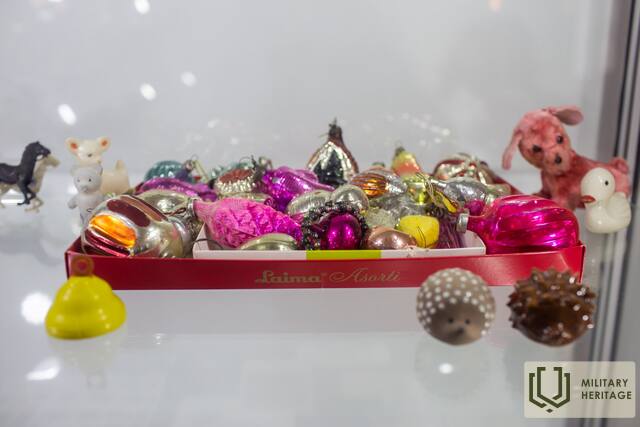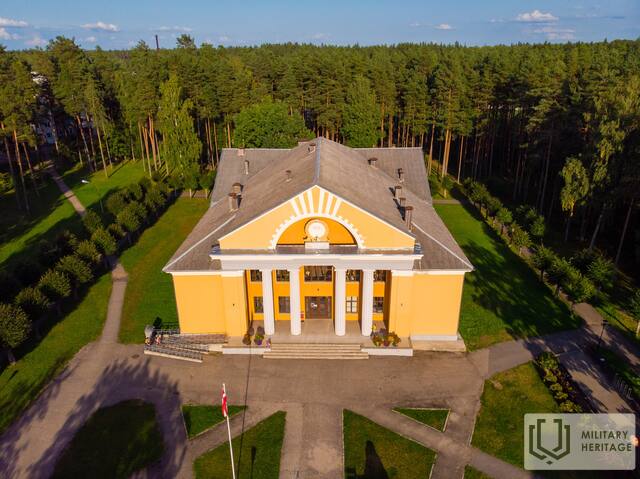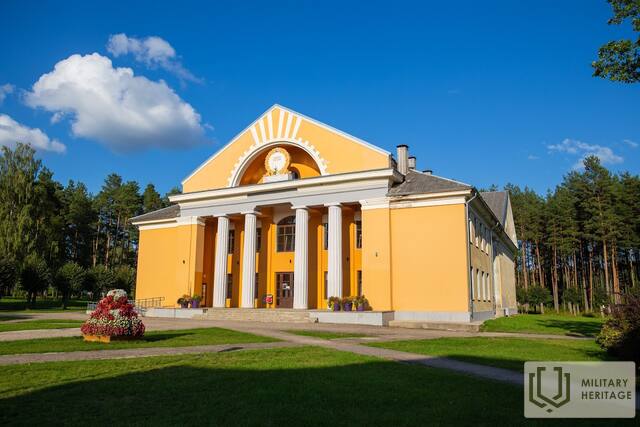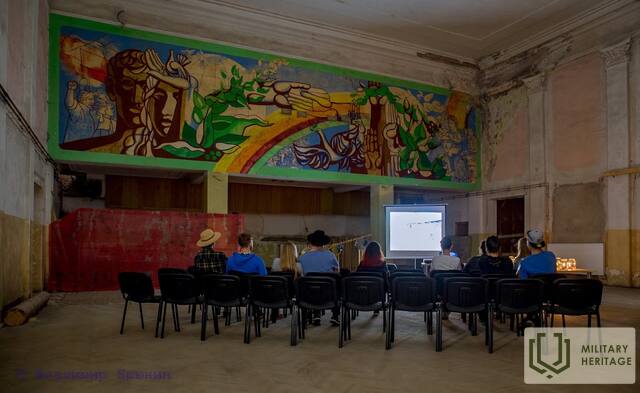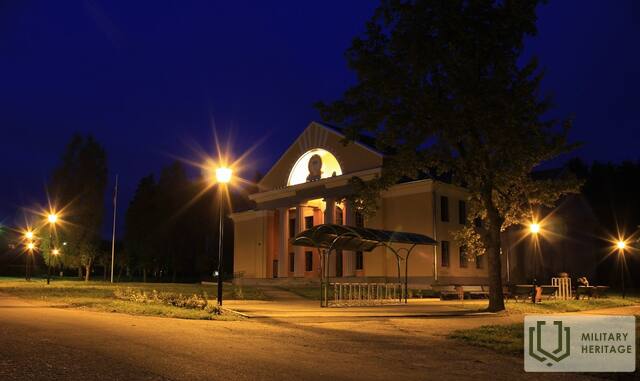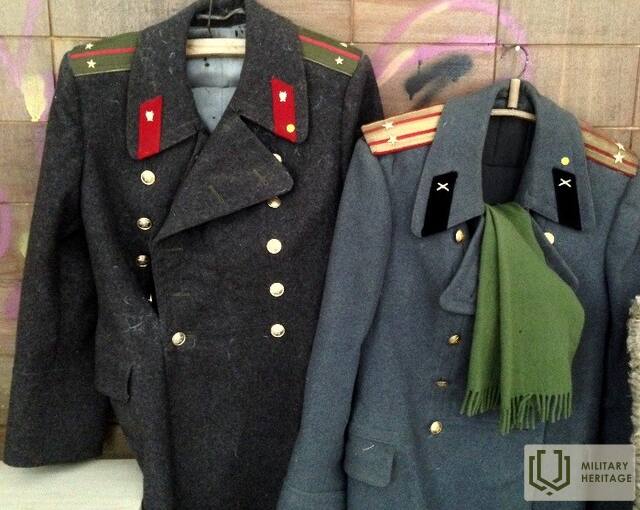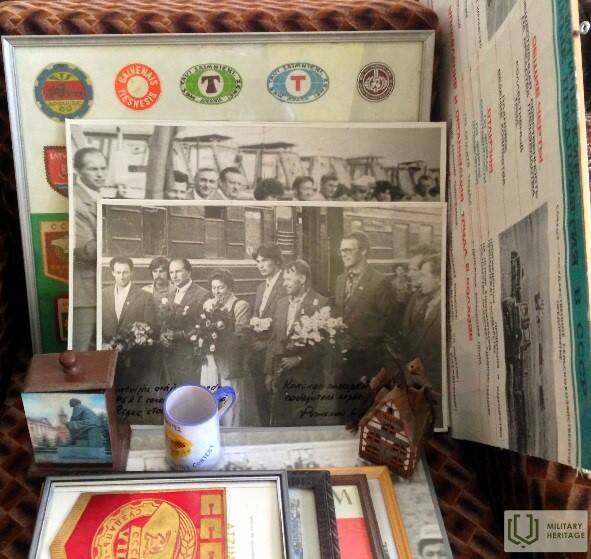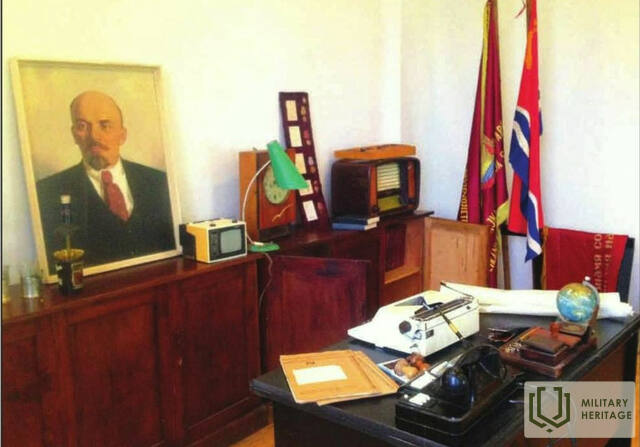Seda cultural heritage (1953-1990) exposition and Stalinist architecture
Museum

The town of Seda was originally built as a workers’ village, together with the construction of a peat factory in 1953. The peat factory was declared part of the All-Union Komsomol Shock Construction Project, with young people from all over the Soviet Union coming here. This defined the character and face of the village. In 1954, Seda was granted workers’ village rights. In 1961, the workers’ village was named a township. On 14 November 1991, the township with a rural area acquired the status of the town of Seda with a rural area. An exhibit of cultural and historical heritage is on display at the Seda Culture House. The panels in the exhibition hall showcase the history of development of the Seda area, starting from the historical period when the Salānieši farm property extended across the territory of the town of Seda to the construction of the town. The exhibit features stories about the reasons for and process of the creation of the town, the history of the Seda Peat Factory and other documentary evidence. In terms of core content, the exhibit mainly includes historical archive materials: protocols, decisions and orders. To help visitors gain a better sense of this period of history, the exhibit includes a ‘manager’s office’ featuring items from that time. The exhibit is also visually enhanced by Soviet-era household items that are on display in addition to different documentary evidence.




